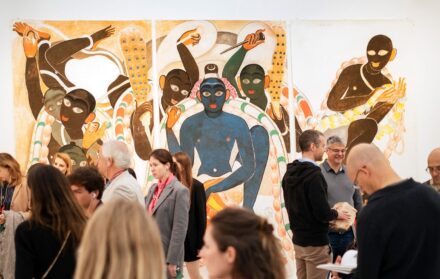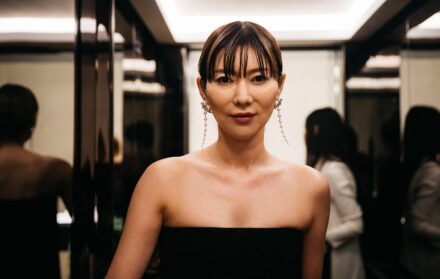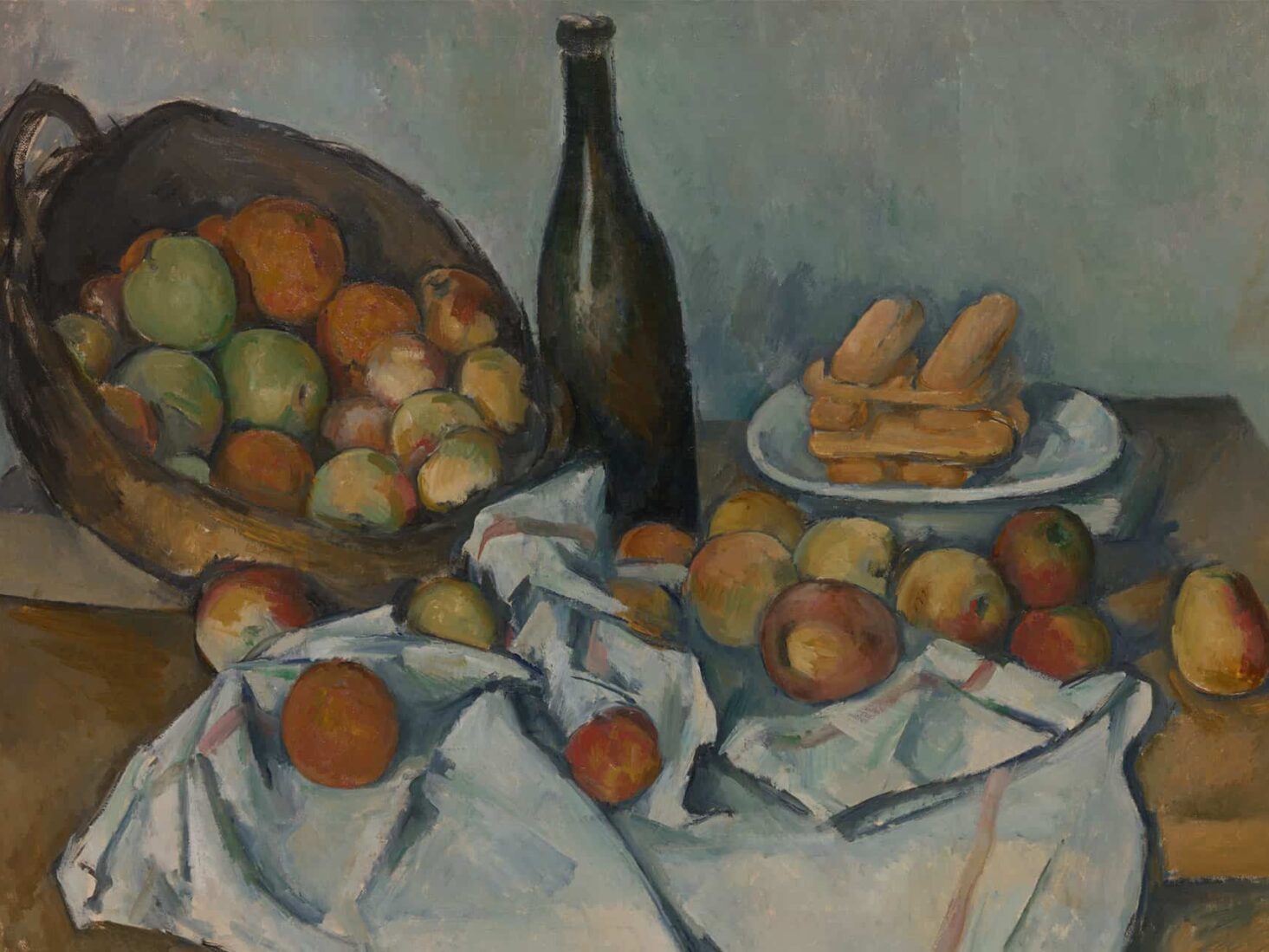
Paul Cézanne: How the French Post-Impressionist changed the art world forever
Ever wondered why every school art student is destined to draw a bowl of fruit? Ahead of Tate Modern’s new exhibition, discover how Cézanne transformed art by painting an apple
Some artists have greater needs than others. Gauguin needed an expensive and extremely lengthy trip to Polynesia to paint his primitive nudes. Da Vinci needed a willing friend to hurl himself off the top of a mountain outside Florence in order to demonstrate (without success) that his designs would enable man to fly. But Paul Cézanne needed nothing more than a bowl of fruit to revolutionise the French art scene.
“With an apple, I want to astonish Paris,” he once declared. Yet, his legacy most clearly survives in the paint-splattered, anarchic world of school art classes, where reluctant teenagers are forced to paint bowls of fruit in preparation for their GCSE exams.
These pieces are fated to spend their short lives pinned onto their parents’ fridge doors, or to be forgotten in an A4 folder; the result of many an adolescent yawn stifled as they dream of emulating Jackson Pollock, or Banksy. So why has the bowl of fruit come to be regarded as the ultimate ‘starter for 10’ when it comes to teaching children about the technicalities of art?
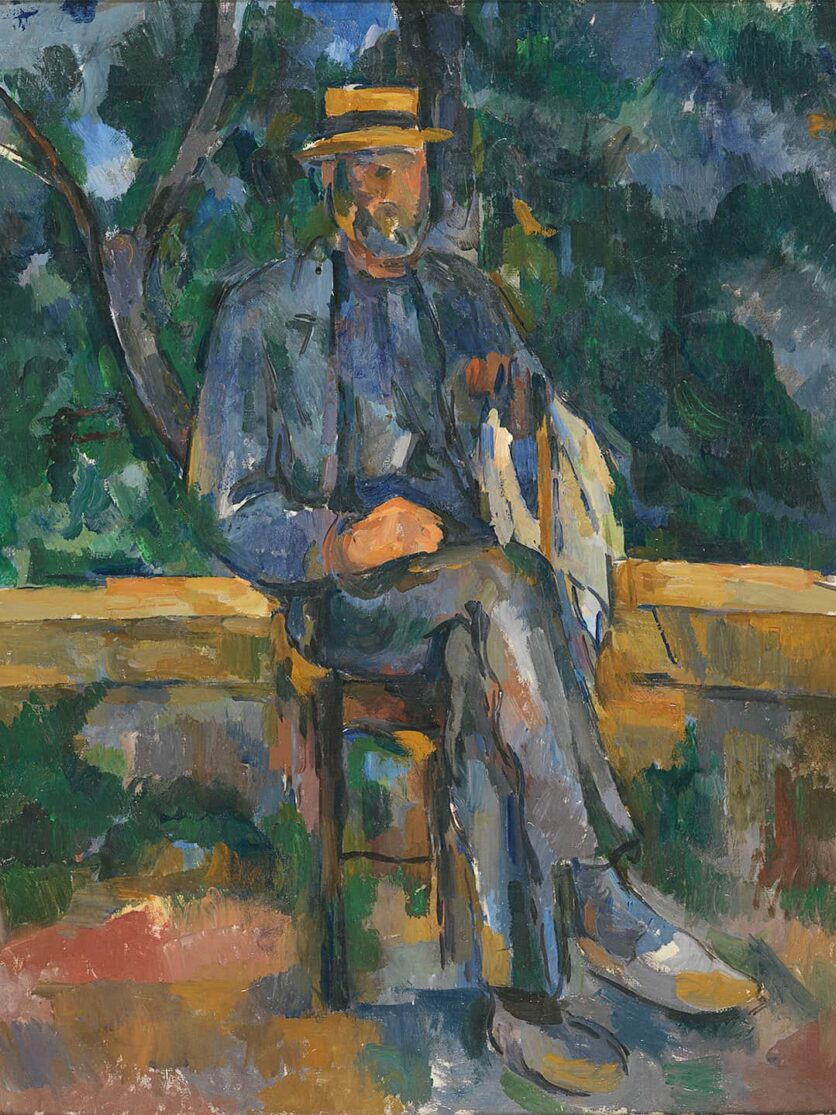
You can put it down in part to a chronic shortage of inspiration and imagination on behalf of the British school curriculum. But also, we’ve become dulled by familiarity. Just as it is no longer shocking to see a rock ‘n’ roll band spit on the stage (or into the audience) since the Sex Pistols, or to see men wearing makeup since Ziggy Stardust, so the audacity of painting an apple has long since lost any vestige of anti-establishment lustre. Many would be surprised that depicting a bowl of fruit was ever considered controversial.
“With an apple, I want to astonish Paris.” An unlikely-sounding manifesto. But with the Provençal apples and Beurreé Diel pears grown in the vicinity of his family’s estate near Aix, Cézanne dispensed with the traditional one-point perspective and examined the fruit, as well and plates and tables, from various viewpoints: straight on, above and sideways. This made him one of the most mocked, derided, and ultimately revered painters of the 19th century.
Born in Aix-en-Provence in 1839, Paul Cézanne was always regarded by Parisian artists as something of an uncouth provincial from the south, despite coming from a wealthy family. It was an impression that probably wasn’t helped by his personal shyness, which many mistook for arrogance.
For Cézanne, the mundane had the potential to be monumental; a phenomenon that he described as ‘little sensations’. With this mentality, it was all but inevitable that, in his early 20s, he would fall in with the erstwhile seditionaries of the Paris art scene. With anything outside of the neo-classical or romantic tradition being banned from the prestigious Académie des Beaux-Arts, Cézanne became part of a louche group of painters, among them Monet, Renoir and Degas, who would become known as the Impressionists.

Then, Cézanne was forced to flee Paris to avoid being drafted into the Franco-German War; his move back to Provence saw his work shift from swirling, violent-looking scenes of torpor to more faithful, demure depictions of landscapes. His colour palette lightened, and he became increasingly interested in the tissue and membrane of the things he painted, rather than the lighting.
Yet, nobody was interested in buying his works, and rows with his father – a man with a personality every bit as pugnacious as his son’s – resulted in Cézanne Junior becoming more and more detached from his wife, his friends and the Parisian art scene. In this self-imposed, grumpy solitude his best works emerged, just as the man himself seemed to have vanished.
It was at this time, towards the end of the 19th century, that apples began to dominate his work. Convinced that the art world needed to radically rethink how simple objects could be captured in paint beyond a simple one-point perspective, Cézanne drew packs of cards, rum bottles and, eventually, apples.
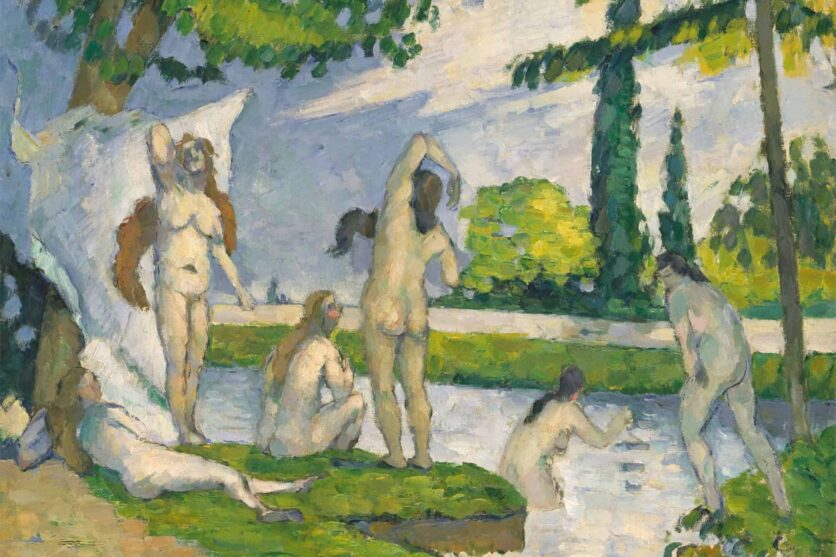
The way he painted the most ordinary of fruits may seem benign now, but it was completely new in the late 1800s. His brush strokes are short, clear and parallel; the paint incredibly thick, almost carved into the canvas. Within one stroke the colours alter radically – one moment malodorous dark, the next an iridescent white. To show technique in such a revealing way simply was not the done thing. The established protocol at that time was for an artist to make his movements as subtle and smooth as possible. It was a premise utterly junked by Cézanne. He propped apples in strange places; there was no order to their display, as if he’d simply emptied them out of a bag onto a rough Provence table.
The art world was genuinely shocked and bemused at the results, with many of the Beaux-Arts acolytes back in Paris explaining away Cézanne’s audacity with theories that he was out of his mind on hashish, or heroin, down in the deep south of the country; a rumour Cézanne did nothing to dispel by continuing to shun the chattering classes in the capital.
His raw (many would interpret as crude) brushstrokes were the ultimate rebellion against the sensibilities of the Paris art world. At a time when painters of still lives were considered the lowest of the low in the capital’s salons, Cézanne embraced this most derided of forms with breath-taking ferocity.

His obsession with the apple reached its climax in 1882’s Self-Portrait and Apple. Here, Cézanne suspends an apple next to his own head, as if to compare the two; this is the point where the artist has so firmly wedged his subject matter into his soul that he sees virtually no difference between himself and the humble fruit. From this point on, when painting portraits, Cézanne would demand, doubtless to the bafflement of his sitters, that he wanted them to “be an apple!”
There is still speculation as to from where Cézanne’s fruity obsession stemmed. Was it from a belief in the universal appeal of the apple? Did he see something in the Christian symbolism of the apple eaten by Adam and Eve in the Garden of Eden? Or did he simply like the idea of painting something rustic, ordinary and as far from the subject matters of the Parisian salons as possible? Either way, his intransigence and disregard for the conventions of the time made him a genuine revolutionary.
Today, Cézanne is a permanent resident in the pantheon of all-time great artists. By capturing the likeness of a simple apple, he took art in a new direction which challenged everything that was understood to be ‘right’ about form, perspective and colour. Not for nothing did Picasso once describe Cézanne as ‘the father of all of us’.
The EY Exhibition: Cézanne runs at the Tate Modern from 5 October 2022 to 12 March 2023, tate.org.uk

